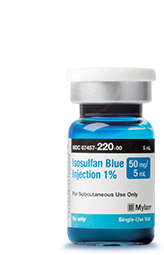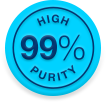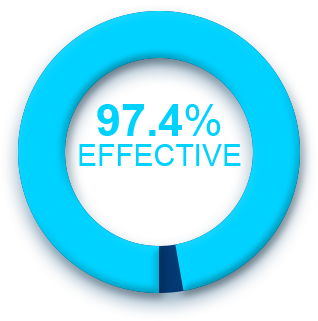* Lymphazurin is a registered trademark of Covidien LP, but this product is not currently commercially available.
† Purity of the active pharmaceutical ingredient as determined by high-performance liquid chromatography (HPLC).
‡ In the study by Hirsch and colleagues, the 543 patients who received Isosulfan Blue (Lymphazurin®) were divided into 3 groups according to the clinical indication for the lymphangiogram. Group 1 (n=508) included patients with possible lymph node involvement by primary or secondary malignancy; group 2 (n=28) included patients with possible primary lymphatic disease; and group 3 (n=7) included patients with chyluria, chylous ascites or chylothorax. Inadequate identification of lymphatics occurred in 5, 9 and 0 patients in groups 1, 2 and 3, respectively.






